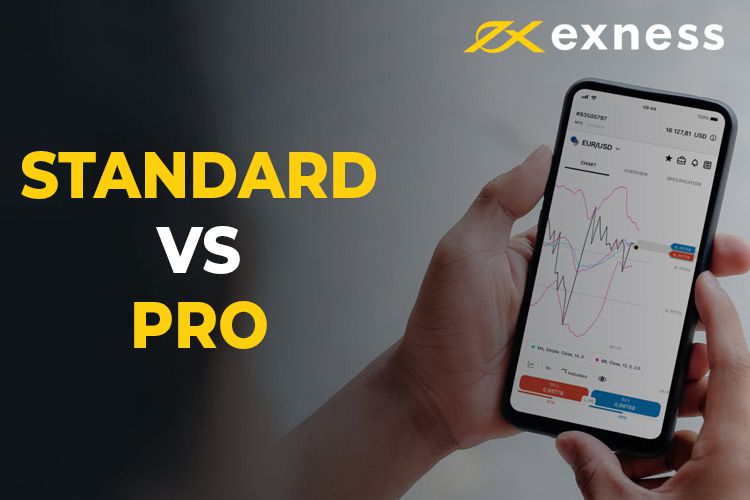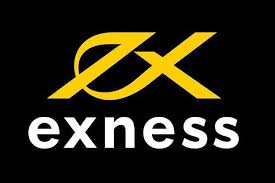Exploring the Exness Broker Spread A Comprehensive Guide

Trading in the financial markets requires a clear understanding of multiple factors, one of which is the spread. The exness broker spread Exness broker is popular among traders for its favorable trading conditions, including competitive spreads. In this article, we’ll delve into what the Exness broker spread entails, how it works, and why it’s crucial for traders to be aware of this concept.
What is Spread?
The spread is the difference between the buying price (ask price) and the selling price (bid price) of a currency pair or any financial instrument. It is a crucial aspect of trading as it represents the cost of executing a trade. A narrower spread often indicates a more liquid market, allowing for more cost-effective trades.
Understanding Spreads at Exness
Exness offers a variety of account types, each with different spread configurations. Traders can choose from standard accounts with floating spreads, which may widen during periods of low liquidity, or ECN accounts that typically feature lower spreads but may charge a commission per trade.
Types of Spreads Offered
- Fixed Spreads: These remain constant regardless of market conditions. Traders can benefit from knowing exactly how much their costs will be per trade, although they might be slightly higher than variable spreads.
- Floating Spreads: These can fluctuate based on market volatility and liquidity. During times of high trading activity, spreads can tighten, while they might widen during low activity.
Factors Influencing the Spread

Several factors contribute to the size of the spread offered by Exness and other brokers:
- Market Liquidity: Higher liquidity typically results in tighter spreads. Exness generally offers competitive spreads in highly traded currency pairs like EUR/USD.
- Market Events: Significant economic announcements or geopolitical events can increase volatility, which may lead to wider spreads.
- Account Type: As mentioned, different account types at Exness come with different spread structures. Choosing the right account based on your trading style is essential.
The Importance of Spread in Trading
For traders, especially those who employ short-term strategies like scalping, the spread can significantly impact profitability. A narrower spread allows traders to enter and exit positions more cost-effectively, which can be a considerable advantage in fast-paced market conditions.
Example of Spread Calculation
Let’s assume you are trading the EUR/USD currency pair, which has the following quotes:
- Bid Price: 1.1200
- Ask Price: 1.1203
The spread in this case would be 1.1203 – 1.1200 = 0.0003 or 3 pips. In this scenario, if a trader buys at the ask price of 1.1203 and immediately sells at the bid price of 1.1200, they would incur a loss of 3 pips due to the spread.

How to Minimize the Impact of Spread
While the spread is an unavoidable cost of trading, there are methods traders can use to minimize its impact:
- Choosing the Right Time to Trade: Trading during peak market hours can ensure tighter spreads, particularly for highly liquid currency pairs.
- Using Limit Orders: Instead of market orders, using limit orders allows traders to specify the price they are willing to buy or sell, potentially improving entry and exit points relative to the spread.
- Monitoring Economic Calendars: Being aware of upcoming economic news releases can help traders avoid trading during heightened volatility periods when spreads are likely to widen.
Conclusion
The Exness broker spread plays a significant role in the trading experience, influencing the overall cost of entering and exiting trades. By understanding how it works and the various factors that affect it, traders can make more informed decisions and enhance their trading strategies. Whether you are a seasoned trader or a novice, being aware of the spread can help you navigate the financial markets more effectively.
Further Resources
To learn more about the trading conditions and services provided by Exness, including their spread structures for various instruments, visit their official website or consult their trading guides.
